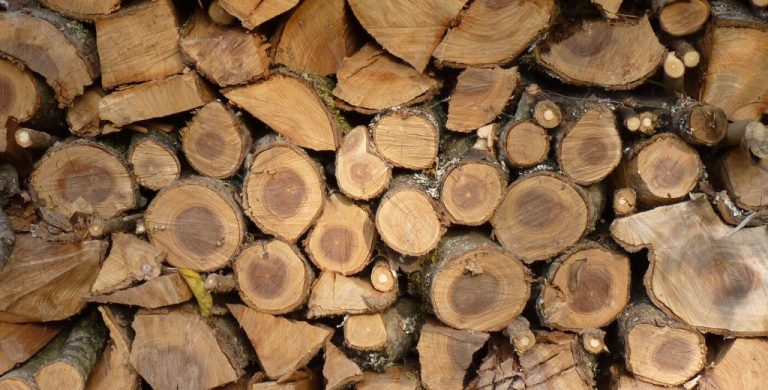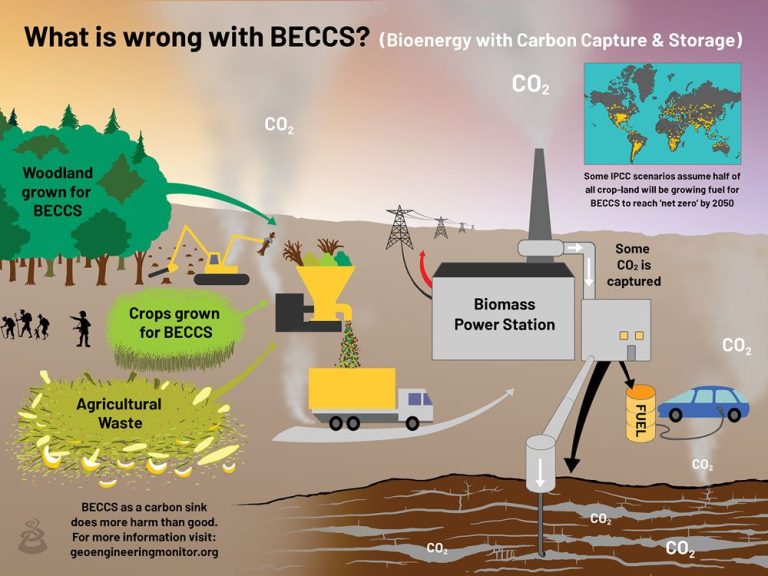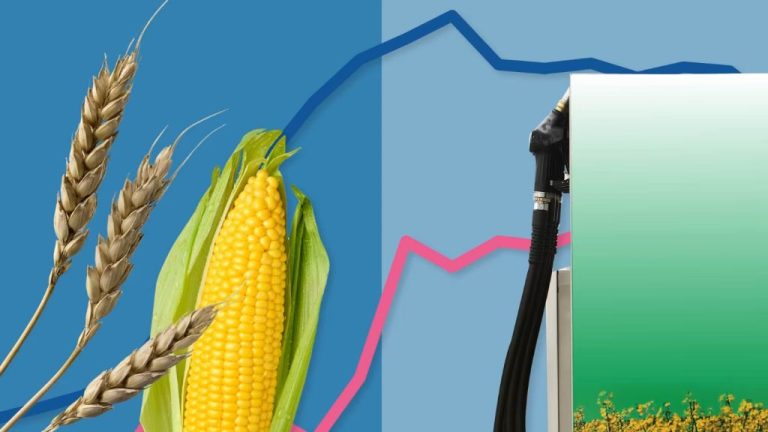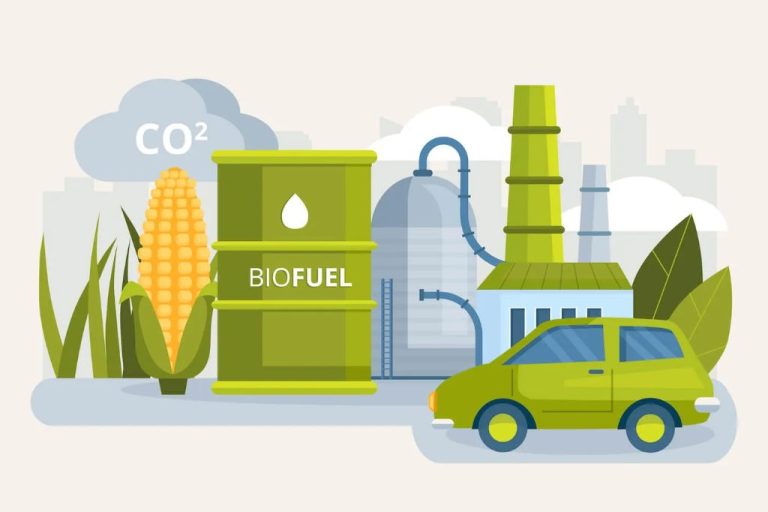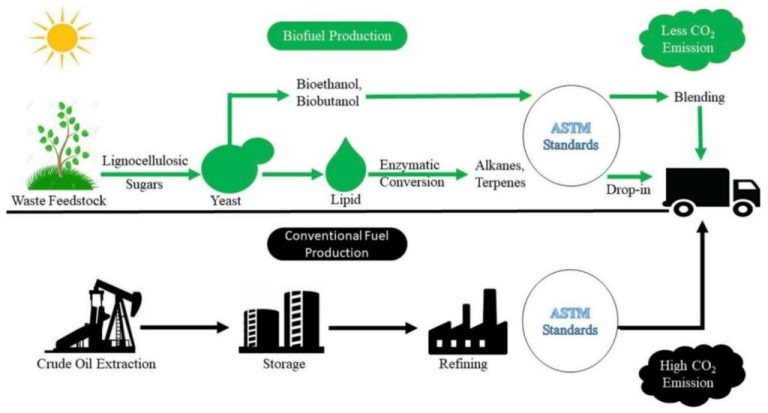What Is The Simple Word For Biomass?
Define Biomass
Biomass refers to organic material that comes from plants and animals. This includes anything from crops, wood, and agricultural waste to sewage and animal manure. The key defining characteristic of biomass is that it is composed of biological matter from recently living organisms, making it a renewable energy source.
Examples of Biomass
Biomass refers to organic materials from plants and animals. It encompasses a wide range of materials from wood and agricultural crops to animal manure and organic municipal solid waste. Some of the most common examples of biomass include:
-
Wood and wood processing wastes – One of the largest sources of biomass is wood and wood waste from lumber mills and paper mills. This includes sawdust, bark, wood chips, shavings, and black liquor.
-
Agricultural crops and waste – Corn, sugarcane, soybeans and other crops grown primarily for energy production. Crop residues like corn stover (leaves, stalks and husks) and sugarcane waste are also sources.
-
Grasses – Switchgrass, miscanthus and other fast growing grasses can be grown and harvested for biomass.
-
Algae – Algae can be grown and harvested from ponds, bioreactors and other systems.
-
Food, yard and municipal waste – Organic material from food scraps, grass clippings and other biodegradable waste can be used.
The key is that biomass comes from recently living organic materials, not fossilized plant matter like coal, oil and natural gas. The use of plant-based biomass can create a sustainable cycle with low net carbon emissions.
Using Biomass for Energy
Biomass can be converted into useful energy sources like biofuels and biogas through various processes:
Biofuels – Biomass like crops, wood, and waste are processed to produce liquid fuels like ethanol and biodiesel that can be used to power vehicles. Ethanol is made by fermenting sugar or starch crops whereas biodiesel is made by processing oils from crops like soybean. These biofuels can directly replace fossil fuels like gasoline and diesel.
Biogas – Organic matter like animal manure, food waste and sewage is broken down anaerobically to generate a mixture of gases called biogas. The biogas is composed primarily of methane and carbon dioxide. The methane can be further purified and used as a replacement for natural gas.
Combustion – Solid biomass like wood can be directly burned to produce steam which can generate electricity via turbines. Alternatively, the heat from combustion can provide process heating for industrial facilities.
Gasification – Heating biomass at high temperatures with a controlled amount of oxygen generates a gas mixture called syngas composed of carbon monoxide, hydrogen and carbon dioxide. The syngas can be further processed into fuels or burnt directly for energy.
Converting biomass into energy sources provides renewable alternatives to diminishing fossil fuels. Utilizing waste materials also reduces environmental impact compared to landfilling. However, care must be taken to ensure sustainable harvesting and processing of biomass feedstocks.
Advantages of Biomass
Biomass offers several key advantages as an energy source. First and foremost, biomass is renewable. Unlike fossil fuels which take millions of years to form, biomass can be replenished in a relatively short time. As long as there are plants, trees, crops or organic waste available, the supply of biomass is constantly renewing. This makes biomass a sustainable long-term energy solution.
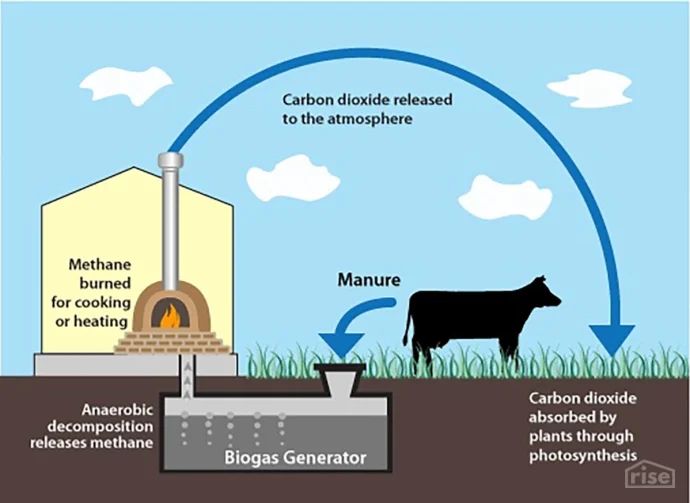
Another major advantage is that biomass energy helps eliminate waste. Many types of biomass come from waste materials such as yard clippings, food scraps, animal manure or logging residues. When these waste products are turned into fuel, it reduces the impact on landfills. Repurposing waste for energy is an efficient solution.
In addition, because plants absorb carbon dioxide as they grow, biomass is considered carbon neutral. The carbon released when biomass is burned is balanced by the carbon absorbed during plant growth. This makes biomass cleaner than fossil fuels which introduce new carbon into the atmosphere. The carbon neutrality of biomass can help reduce greenhouse gas emissions.
Disadvantages of Biomass
While biomass offers some benefits as an energy source, it also comes with some drawbacks that need to be considered. Some of the main disadvantages of using biomass for energy include:
Expensive – The production and processing of biomass fuel can be quite expensive compared to fossil fuels. Facilities need substantial investment and maintenance costs. Transportation and storage of bulky biomass material also adds to the costs.
Low Energy Density – Biomass has a relatively low energy density compared to fossil fuels, which means more biomass material is needed to produce the same amount of energy. This adds to transportation and storage costs.
Air Pollution – Biomass facilities can emit high levels of air pollutants like particulates, carbon monoxide, sulfur oxides, and nitrogen oxides if not properly controlled. This can cause respiratory illnesses and acid rain. Advanced emission control systems add to costs.
Biomass vs Fossil Fuels
Biomass and fossil fuels both provide energy through the process of combustion, however there are some key differences between the two energy sources.
In terms of carbon emissions, biomass emits carbon dioxide when burned, but can be considered carbon neutral because the plants used for biomass remove carbon dioxide from the atmosphere as they grow. Fossil fuels like coal and natural gas emit carbon dioxide that has been trapped underground for millions of years, contributing to a net increase of carbon in the atmosphere.
The costs of biomass and fossil fuels can vary greatly by region and specific fuel source. On average, coal and natural gas tend to be cheaper than biomass per unit of energy produced. However, factors like carbon pricing and incentives for renewable energy can improve the cost-competitiveness of biomass.
Fossil fuels currently provide a much larger share of global energy needs than biomass. However, biomass has the potential to be scaled up significantly, especially with improved technology and infrastructure. In some regions biomass already contributes 10-15% or more to the energy mix.
Overall, while fossil fuels currently dominate energy production, biomass provides a renewable alternative that can reduce net carbon emissions. With further development, biomass could play a substantial role in the global energy system while mitigating climate change impacts.
Sustainable Biomass
Biomass can be a sustainable energy source when proper practices are followed. The key factors for sustainable biomass include:
Using waste materials – There are many waste streams that can be repurposed for energy production rather than being discarded. Examples include municipal solid waste, agricultural residues like corn stalks and sugarcane bagasse, sawmill and forestry residues, and even organic components of sewage.
Quick regrowing crops – Dedicated energy crops that regrow rapidly after harvest are a renewable biomass source. These include grasses like switchgrass and miscanthus, fast growing trees like poplar and willow, and aquatic plants like algae. The quick regrowth cycles allow for repeated harvests.
Sourcing biomass sustainably maximizes the environmental benefits. It does not deplete food crops, avoids deforestation, and repurposes waste streams. The renewability of quick growing biomass crops also enhances sustainability.
Biomass Usage by Region
Biomass contributes significantly to energy production in many regions around the world. Some top countries utilizing biomass include:
Europe – Biomass accounts for about two-thirds of renewable energy in the European Union. Countries like Germany, France and Sweden generate a substantial portion of their energy from biomass such as wood and agricultural waste.
North America – The United States and Canada produce energy from forest materials like wood residues. The U.S. also uses corn and soybeans for biofuels.
Asia – China, India and Japan are major producers of energy from biomass sources. China uses crop residues while India generates energy from bagasse, the remains from sugar cane production.
South America – Brazil relies heavily on sugarcane bagasse and other agricultural byproducts to produce electricity and transportation fuels.
Africa – Many African nations use fuelwood and charcoal for cooking and heating needs. Agriculture residues are also used to generate electricity in some countries.
With abundant renewable biomass resources, these regions and more have tapped into biomass as an important part of their energy portfolio now and in the future.
Future of Biomass
As countries seek to transition to more sustainable energy sources, the future of biomass looks promising. Biomass usage is expected to grow steadily in the coming decades as adoption increases and new technologies improve efficiency.
Many governments around the world are implementing policies and incentives to drive further investment in renewable bioenergy. The demand for biomass fuel is projected to increase as more municipalities, universities and companies switch at least partially to biomass for power and heating needs. This will spur growth in the production of biomass fuel pellets and energy crops used for bioenergy.
There are also exciting developments in biomass conversion processes and technologies. Advanced thermal, chemical and biochemical conversion methods can increase efficiency and energy yields from biomass feedstocks. New tools and techniques for assessing sustainability and minimizing environmental impacts will also enable more responsible biomass usage.
Overall, the future is bright for biomass as a versatile renewable energy source that can provide clean power, support energy independence and reduce fossil fuel dependence. With the right policies and advances in technology, biomass has the potential to play an even bigger role in sustainable energy solutions globally.
Conclusion
In summary, biomass is an organic and renewable source of energy that comes from plant and animal matter. It encompasses a wide range of materials including wood, crops, waste matter from agriculture, horticulture, and forestry. Biomass can be used to generate electricity, produce heat, or be converted into transport fuels like bioethanol and biodiesel.
Using biomass as an energy source has several advantages. It is plentiful, renewable, and generates much less pollution than fossil fuels. Biomass energy helps reduce landfill waste, can be locally sourced, and creates jobs in the agricultural and forestry sectors. However, there are also some drawbacks. Harvesting biomass may cause deforestation, soil erosion, and loss of biodiversity if not done sustainably. Combusting biomass also releases carbon dioxide, although the amount is lower than burning fossil fuels. Biomass energy requires large areas of land and significant water usage for crops and trees.
Overall, biomass holds promise as a sustainable energy solution, especially when proper regulations and environmental protections are implemented. With responsible sourcing and usage practices, biomass can play a key role in transitioning our energy systems away from fossil fuels towards renewables.

